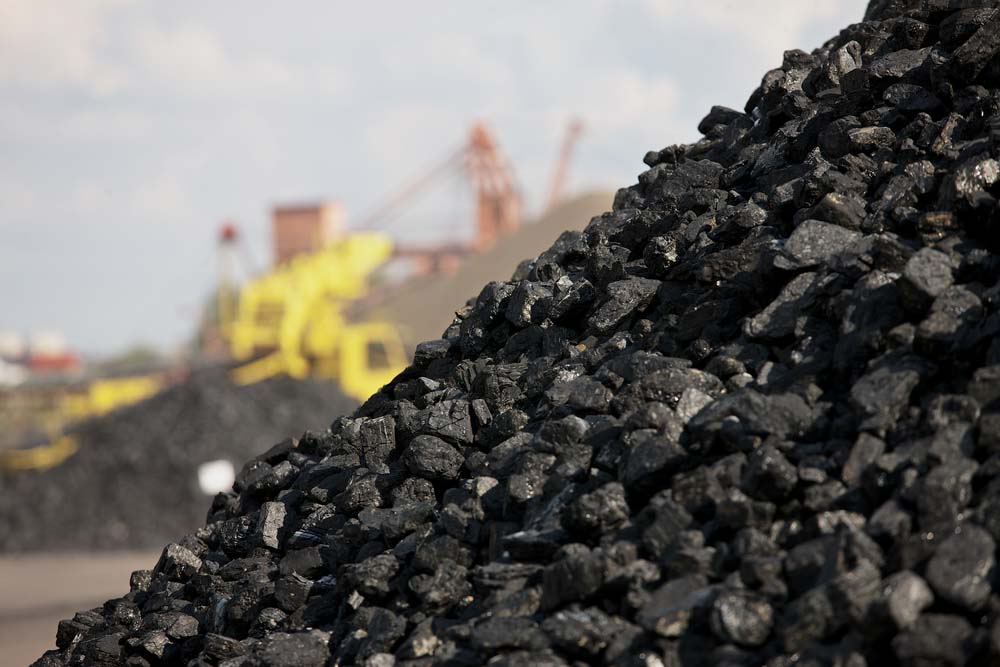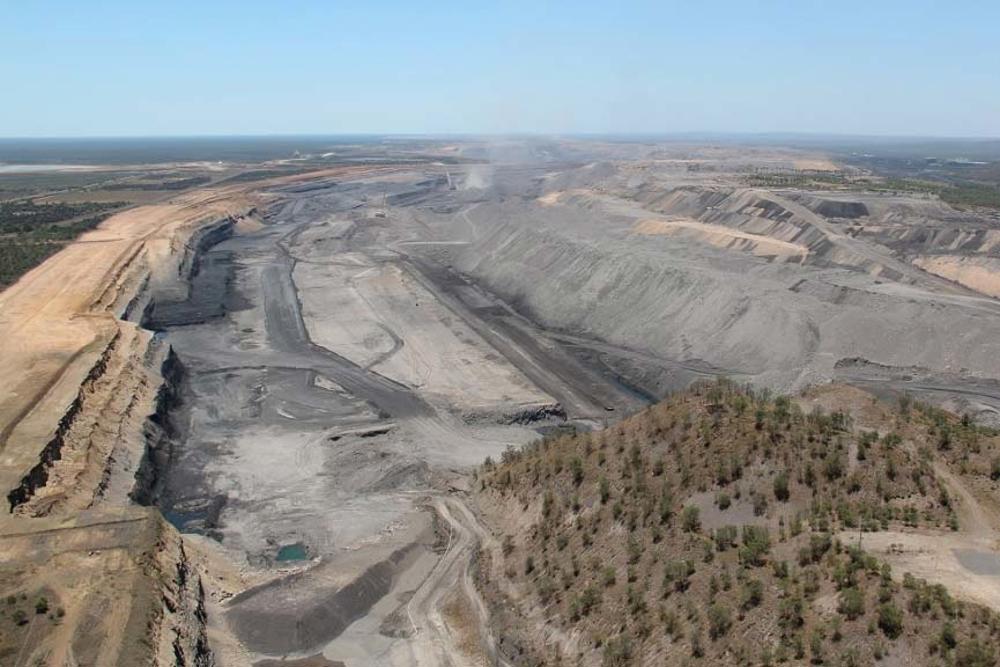
In June 2018, the Minerals Council of Australia (MCA) released the Market Demand Study: Australian Export Thermal Coal report which forecasts significant growth in India’s thermal coal import requirements to 2030, enabling the Council to lend support to a globally positive outlook for Australian thermal coal exports.
However, an analysis of the report by IEEFA shows that if realistic assumptions are incorporated, India’s thermal coal import requirements will at best remain flat, but could also significantly decline or even reach zero by 2030, severely impacting Australia’s thermal coal export market.
Charles Worringham, author of the new IEEFA Briefing Note, Recalculating India’s 2030 thermal coal import needs, says the forecasts in the MCA report were based on assumptions about the pace of India’s renewable generation growth that were unrealistically low, and estimates of Indian electricity demand that were unrealistically high, and inconsistent with Government of India data released over the last two years.
“We think thermal coal exporters, State and Federal governments, and most importantly, the coal workforce and the Australian community would be interested to know there are two main problems in the MCA’s report which are inflating future coal requirements,” said Dr Worringham.
“Firstly, the MCA analysis assumes that coal’s share of India’s power generation is declining by half-a-percent each year as renewable sources up their contribution to India’s grid. The problem is that’s about half the actual rate over the last four years.
“Though this may seem like a small difference, just applying this more accurate value to the MCA model without any other changes gives a virtually flat import requirement for thermal coal out to 2030.”
Dr Worringham says a second aspect of the MCA report that exaggerates India’s future need for thermal coal is the way they estimate future electricity demand.
“The MCA multiplies population forecasts by how much power each person is expected to consume, on average, in each forecast year,” he said.
“While this approach seems reasonable, power consumption systematically overstates how much needs to be generated, and therefore how much more fuel is needed.
“One kilowatt hour consumed by a family or business today requires much more than one kilowatt hour to be generated because of high transmission and distribution losses, but that gap is closing as those losses continue to be reigned in.”
In order to get a better handle on India’s future thermal coal needs, Dr Worringham’s new analysis “reverse-engineered” the MCA report’s methods.
“Given the MCA use power projections that contain an upward bias, we wanted to apply their methods but with some alternative demand data from credible government sources such as India’s 2018 National Electricity Plan, India’s Central Electricity Authority’s most recent Annual Report, and the independent projections made by Brookings India,” he said.
“Using five alternative data-sets about future electricity demand in India, all at least as credible as the MCA data, we applied the MCA methodology and found flat or declining import requirements for four.
“The only data-set that held up was a set of consumption expectations, which suffers from the same problem of an upward bias for generation forecasting.
“One of the data-sets actually suggest that no imports at all would be needed by 2030, which is entirely consistent with the direction planned and stated by India’s Coal Minister, Piyush Goyal since 2016, and indicating that India would have 100 million tons annually of its domestic coal available for export by that date.
Commenting on how this analysis fits with the recent report that India’s coal imports for FY2018 jumped by 8%, Dr Worringham pointed to two factors.
“India’s domestic production growth had slumped to a little over 2% in 2017/2018, so an import spike is unsurprising. Production growth has rebounded to about 7% subsequently so this spike looks to be short-lived, in fact the CEA show only a 2.4% coal import rise in the year to December. Secondly, the MCA assumed a 6.5% jump in domestic coal production for 2018, not the 2% actual rise, so they underestimated the import requirement at 137Mt and we have used the same value so that the longer term forecasts can be compared.
Tim Buckley, Director of Energy Finance Studies IEEFA Australasia, says the exceptionally low cost of India’s wind and solar fleet and very strong policy commitment to progressively decarbonise their electricity system makes renewable energy generation extremely likely to sustain or increase its inroads into coal’s share of India’s electricity system, both on and off-grid.
“While we don’t forecast Indian thermal coal imports shrinking to zero near term, particularly as some coastal power plants can only access heavily subsidised imported coal, and/or need higher energy/lower ash content thermal coal, the main point here is that the economics of India’s electricity generation fleet puts imported coal as the high cost source of supply,” said Mr Buckley.
“This makes a declining import requirement look inevitable.
“Although this analysis has no direct bearing on MCA forecasts for the other eleven countries in their report, it does suggest a careful appraisal of those projections is warranted.”
“In the meantime, the Australian government and business community must urgently and carefully plan for the progressive transition away from thermal coal exports. Workers and communities rely on realistic futures, not aspirational ones.”









